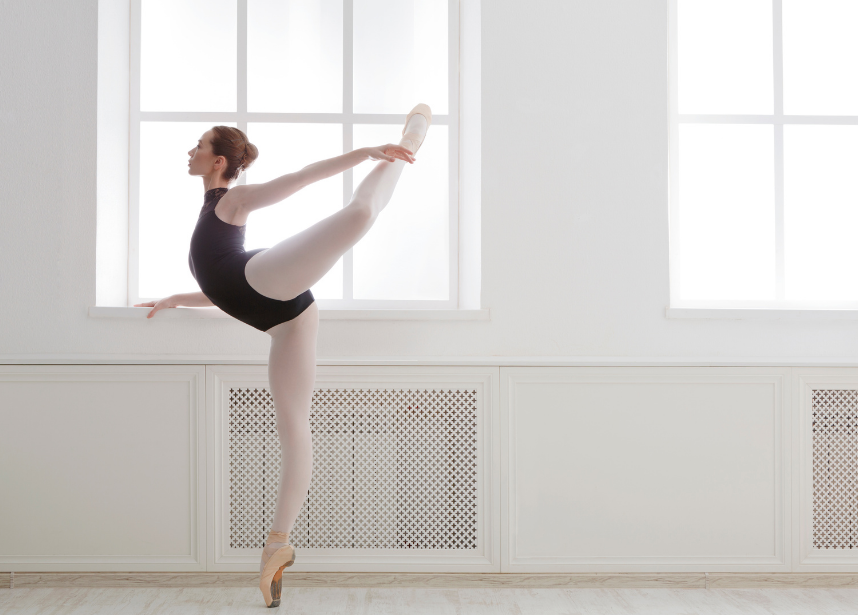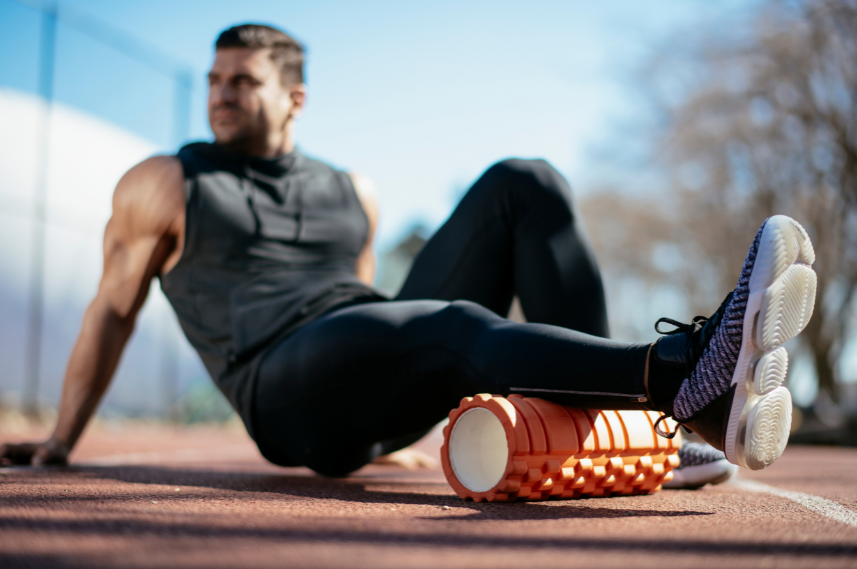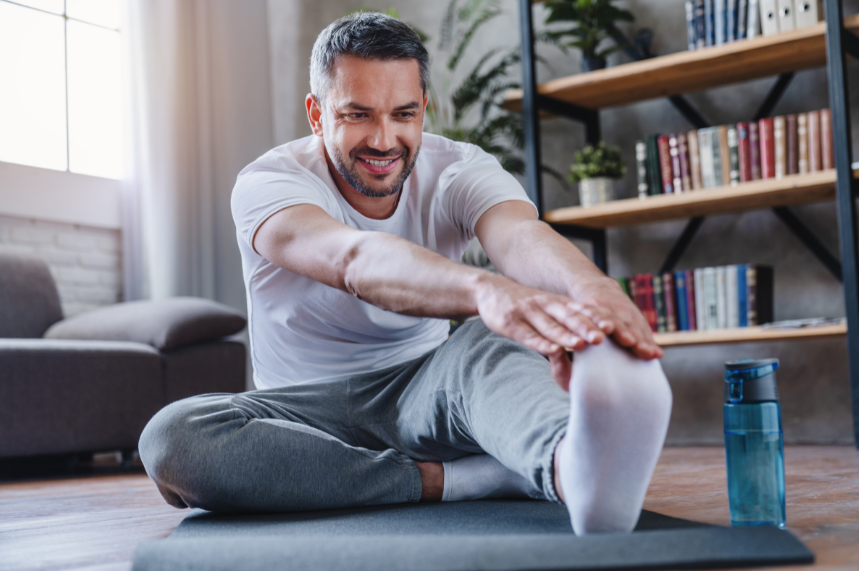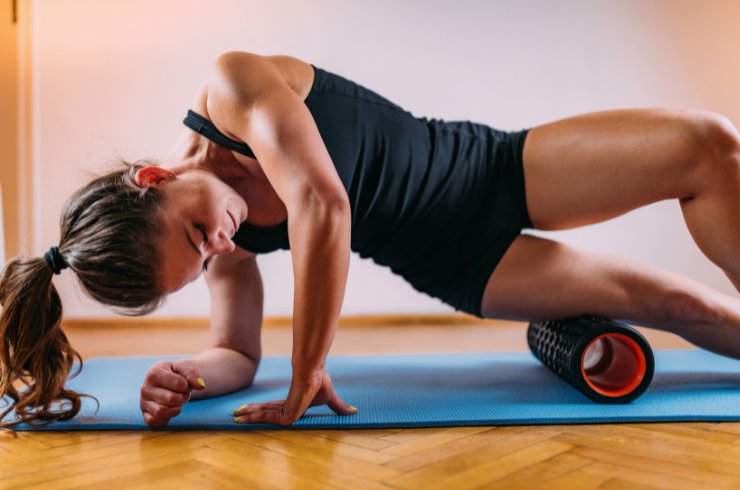Matt Bushell
Flexibility is the ability for a joint (or a combination of joints) to move through an unrestricted and pain free range of motion. The amount of movement available is affected by many structures including joint shape, joint capsules, ligaments, muscles, tendons and nerves. Increasing our flexibility can give us many advantages including increased movement options, force generation/dispersion and improving completion of functional tasks.

Often it is assumed that an increase in range of motion at a joint after stretching is due to a muscle being lengthened. Interestingly, it may actually be due to an increase in your tolerance to tension which then allows you to stretch your muscle further and allow greater movement through the joint (Page. P, 2012). Once you reach the maximum amount of tension your brain and nervous system deems safe, your muscle will reflexively tighten to stop any further stretch – much like a safety switch. Therefore those who are ‘more flexible’ may simply have a greater natural tolerance to tension which allows them to bend their joints further than others.
After stretching, the increased tolerance to tension only lasts for a period of time and then we tend to return to our individual baseline. The question is, will static stretching or foam rolling give you the best increase tolerance to tension and therefore flexibility?
Static Stretching

Static stretching involves stretching a muscle to a point (often near your maximum) and maintaining that stretch for an extended period. In theory, holding the stretch increases the tolerance of muscle spindle cells (stretch receptors in the muscle) to the tension applied and allows them to deal with greater tension for a time post-stretching. Research has found there is generally no further improvements in range of motion after 2-4 sets of 15-30 second holds and results last from less than 1 hour to a couple of days.
(Knudson, 2010)
Foam Rolling
If you’ve never seen one, a foam roller is a self-massage tool used to ‘roll out’ your muscles or sore spots often referred to as trigger points. Theoretically the pressure from the roller stimulates pressure receptors in our skin and causes the brain and nervous system to reduce muscular activity. This then allows greater tension before activating the safety switch and tightening up the stretched muscle.
Foam rollers can come in different sizes, densities and can vary in surface texture from smooth to bumpy or spikey. Rolling for 2-5 sets of 30-60 seconds has been found to have a positive effect on our flexibility with effects lasting for between 10 minutes and 7 days (depending on the individual).

Bear in mind, from a Physiotherapists’ perspective the purpose of foam rolling is not purely to increase range of motion (and therefore flexibility), but also to reduce intramuscular tension (muscular knots) to facilitate a more supple and functional muscle.
How about a combination?
Combining both static stretching and foam rolling seems to provide a significant increase in range of motion over either modality in isolation. However, the duration of this larger increase appears to last for approximately 10-60 minutes (Mohr, 2014). This suggests it’s most useful application is right before a sporting event or exercise program that requires you to have increased flexibility for a time. It is important to mention though that static stretching may have a negative effect on power and strength output, so if your sport or exercise program requires high levels of strength or power, limiting yourself to foam rolling beforehand may be the most sensible option.
Along with other techniques to address muscle length, physiotherapists can also use manual therapy and exercises aimed at joints, joint capsules, ligaments and tendons to positively influence your flexibility. As mentioned above, stretching and rolling results can vary quite a bit from one individual to another, so we recommend seeing your physio if you’d like an individualised flexibility plan.

Knudson, D. (2010). The biomechanics of stretching. Journal of Exercise Science and Physiotherapy 2, 3-12.
Mohr, A., Long, B., & Goad, C. (2014). Effect of Foam Rolling and Static Stretching on Passive Hip-Flexion Range of Motion. Journal Of Sport Rehabilitation, 23(4), 296-299
Page, P. (2012). Current concepts in muscle stretching for exercise and rehabilitation. International Journal of Sports Physical Therapy 7 (1), pg. 109-119.


